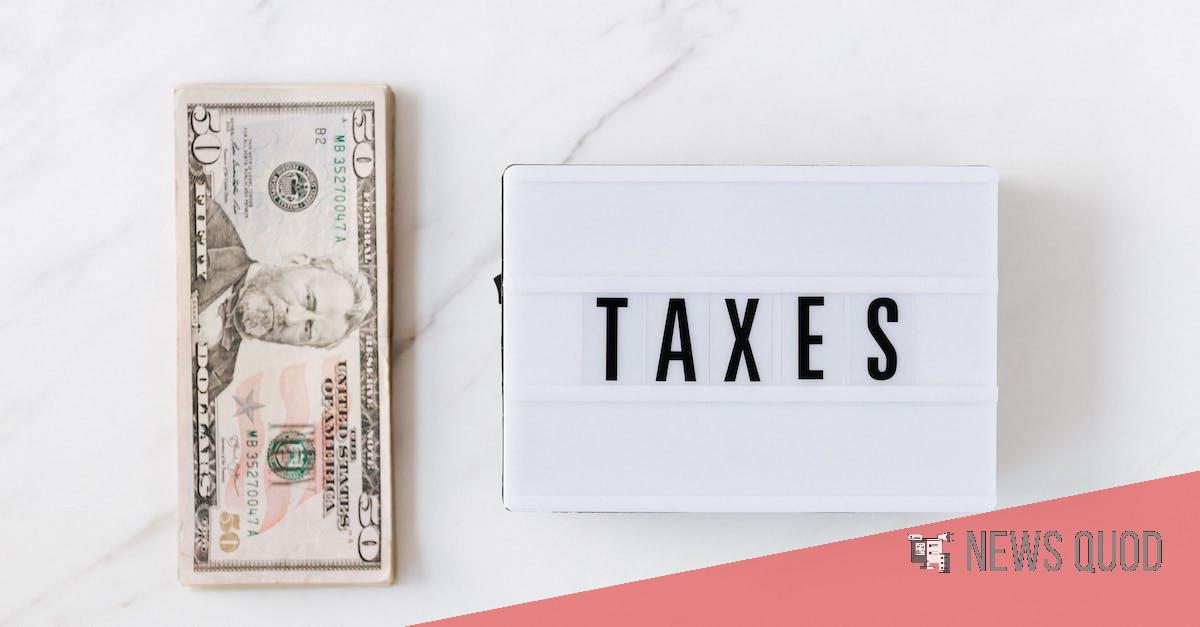What does this rating mean for Nevada’s future?

Fitch has granted Nevada an excellent rating. It rated the state’s $47MM in GO debt ‘AA’. From 2021 on, the state’s economy is expected to grow by around 14% to the national GDP. The rate is comparable to 9.4% in the U.S. that year. Fitch believes that the state’s economy had been on an upward trend prior to the downturn due to coronavirus.
The NV GO debt is self-supporting or funded by a dedicated property tax levie
If you’re trying to determine whether Nevada’s GO debt is self-sustaining or is funded through a specific property tax You must look at the larger picture than just the Nevada Legislature. You need to understand the financial framework of Nevada’s state government, including the various types of debt and how they are serviced. The good news is that Nevada has a history of prudent fiscal management, and the ‘AA’ Issuer default rating reflects this. The state also has a strong expenditure and revenue framework as well as a history of responsive financial practices as well as the capacity to manage fast increase in population.
Moreover, debt ratios are modest. Nevada’s total tax-supported debt stands at $1.9 billion, or 1.7 percent of estimated personal earnings. Nevada has $452 million of reserve and around one-fourth is self-sustainable.
The GO debt can be self-supporting or supported by a special tax on property
GO bonds in Nevada have the full confidence and credit warranties from the state, and repayment of debt is made from future property tax revenues. Nevada has a modest liability in comparison to other states, while its debt issuance is limited. Nearly one-fifth of Nevada’s debt service is self-supporting and funded by revolving funds. Nevada has an AA+ Issuer Rating because of its fiscal strength and a record of successful financial management.
The fiscal health of Nevada has been affected by the coronavirus epidemic that has recently hit. Nevada’s economy is recuperating from its recovery from the Great Recession. However, the growth of revenue in Nevada has been lower than anticipated as a result of less revenue growth. Nevada’s revenue growth had been increasing prior to the decrease due to coronavirus. It is expected that it will resume the previous rate of growth when it recovers.
GO debt is covered via a specific property tax.
Nevada has relatively low long-term obligations – only 4.8 percentage of the total personal income. The debt service of the state, however, is lower than the median for all of America. Furthermore, the state has successfully maintained its finances to achieve balance, in spite of the economic downturn. Its debt service is paid through dedicated property tax levy revenues and the state has established a budgetary system that prioritises future property taxes over the current payment of debt.
Revenues from the property tax levy are vital to Nevada’s finances. They are utilized to help local government functions including schools, as well as infrastructure. Additionally, they are used to pay back State bonds. This levy on property taxes assists in funding the state’s GO bond.
Be prepared for revenues to rise in line with the national GDP rise.
Based on recent reports, revenues are projected to increase as a result of national economic development. According to the latest estimates, spending by the state and local government is projected to rise by 4.8 percent annually over the next 10 years. The federal budget will grow by 3.3 percent each year. But there is concern about the Bureau of Economic Analysis report might present a positive view of the economy. Many analysts believe the economic growth is not as strong and that the report could be a deceptive indicator.
GO rating is a reflection of the state’s managed and low liability position
Nevada’s Issuer Rating is “AA+” default rating can be attributed to its lower liability and its well-managed spending, revenue and budget structures. The state also has historically resilient financial practices and has successfully managed rapid population growth. The ‘AA+’ rating is considered one of its highest ratings in U.S. and the second most prestigious within the West. Although it’s difficult to determine Nevada’s liabilities accurately, Nevada’s debt service obligation is significantly lower than the U.S. median.








